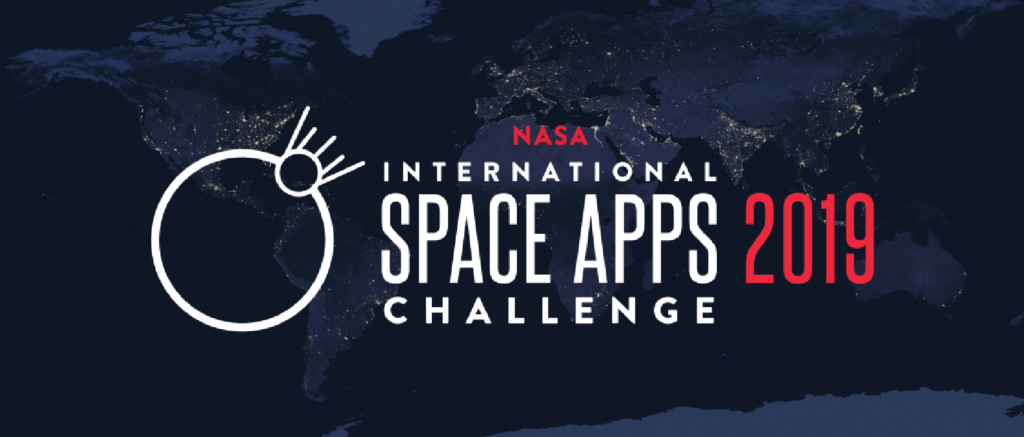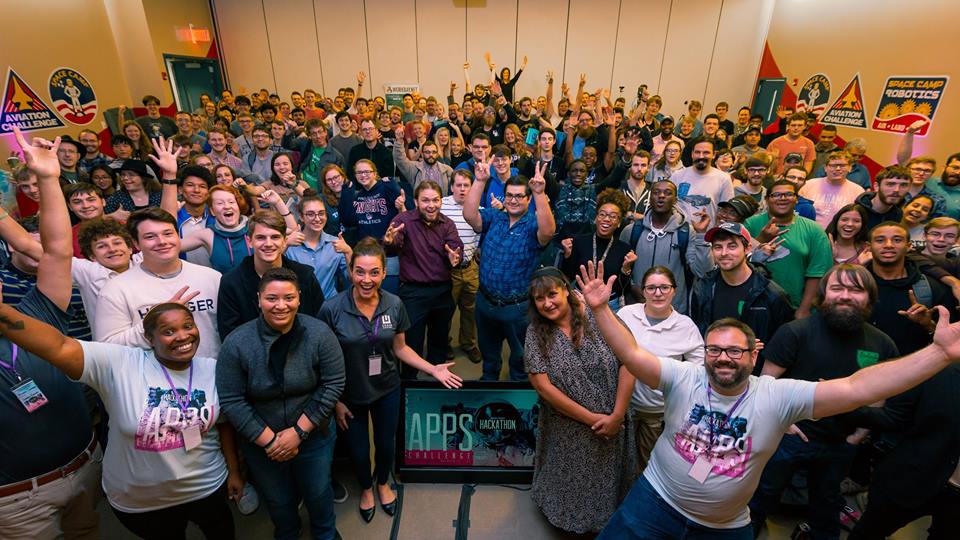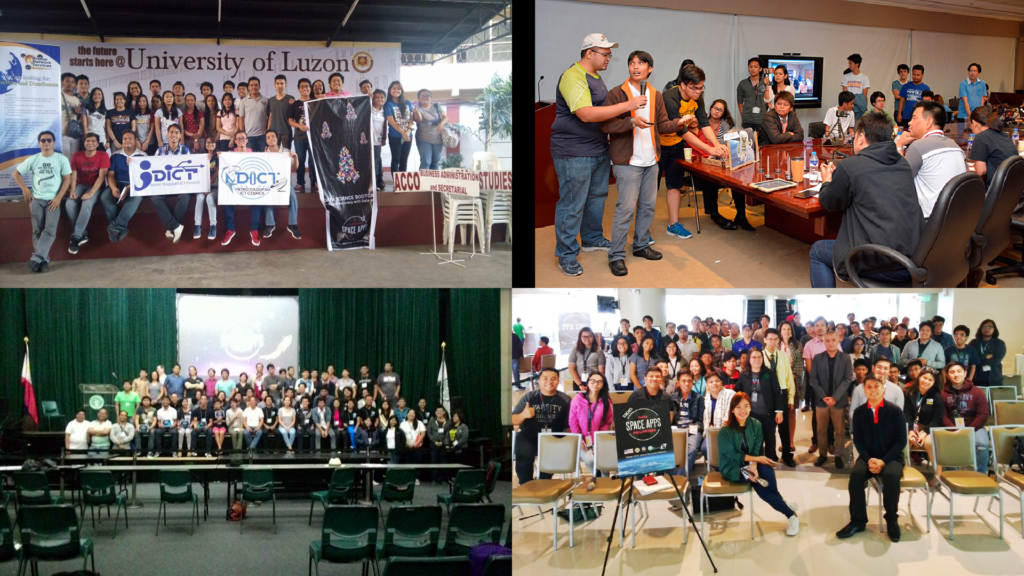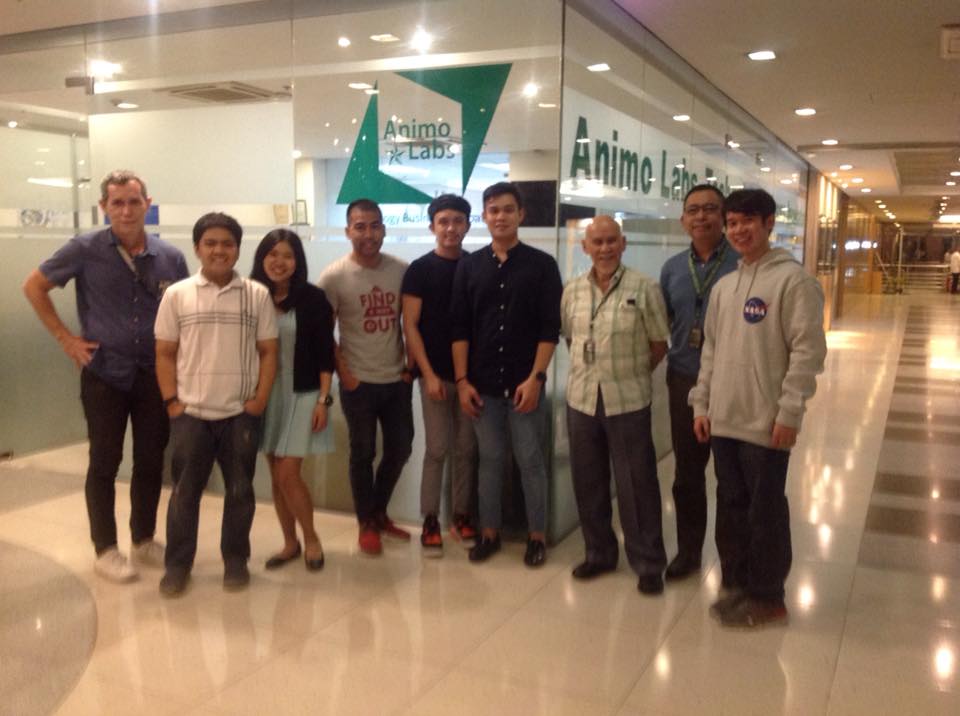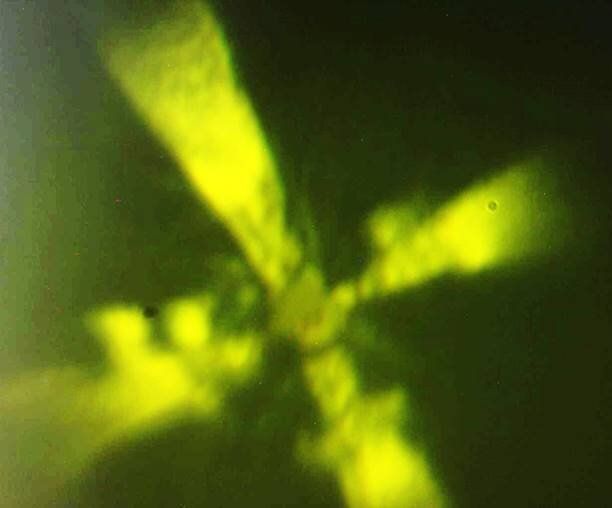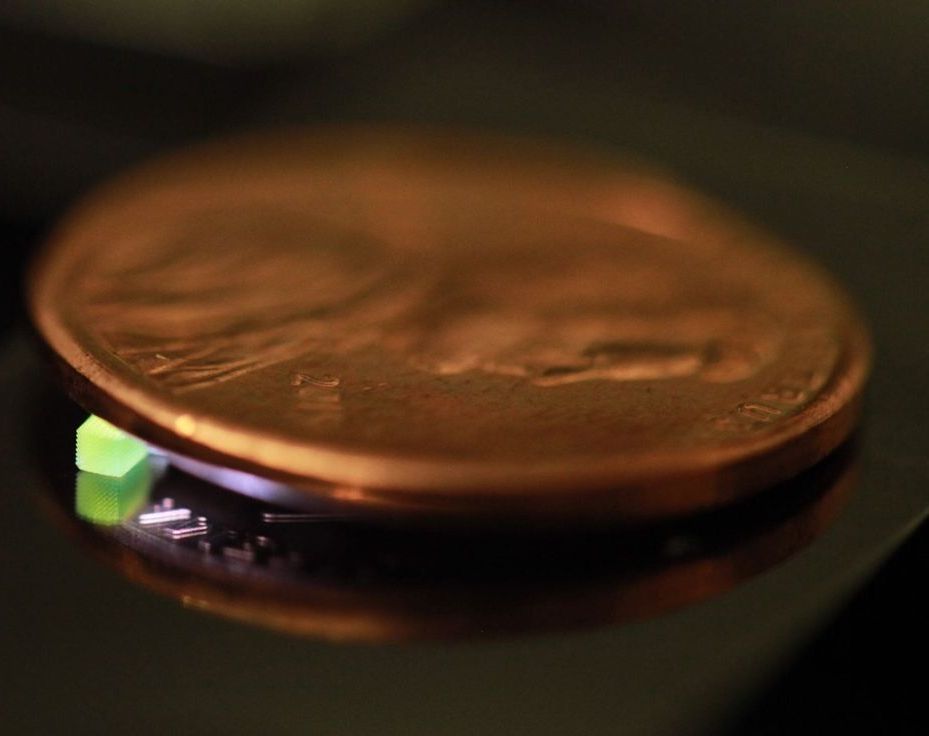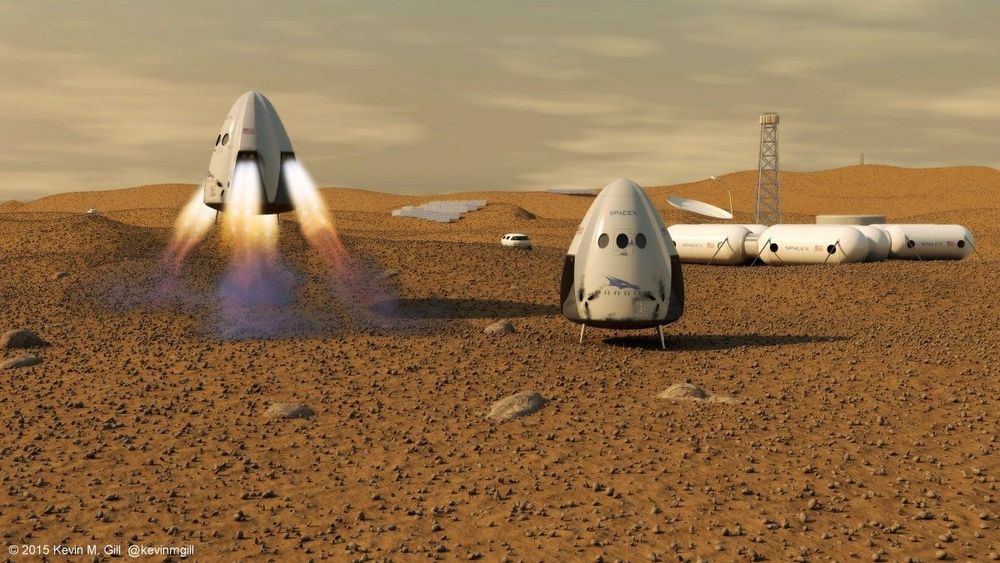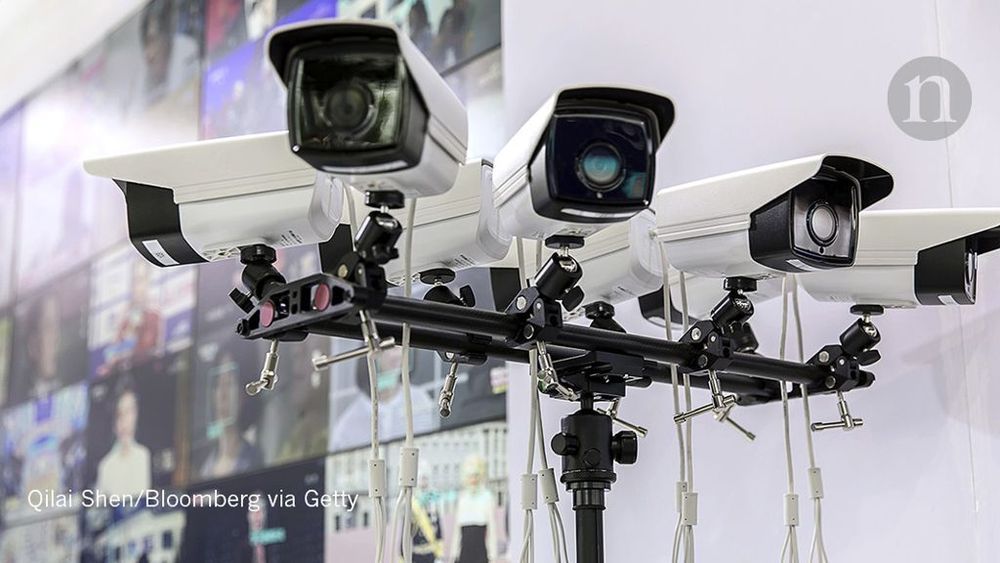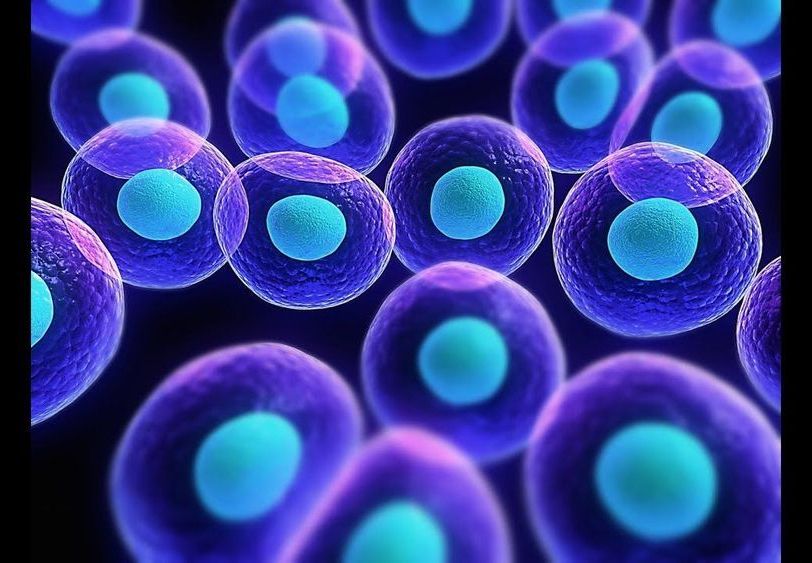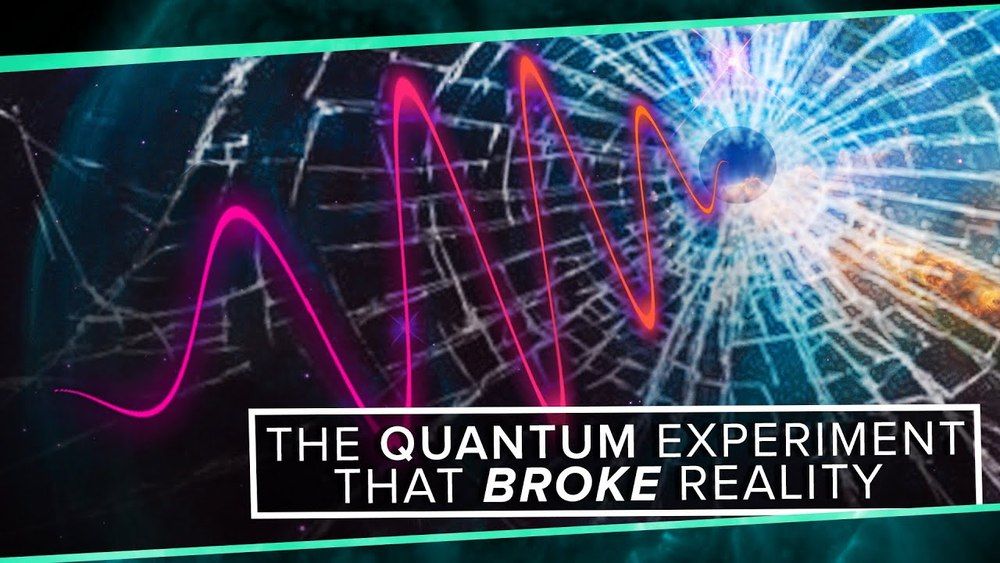Oct 4, 2019
FIRST UP | Intuitive Machines hires SpaceX for 2021 rideshare • Maxar awards contract for Gateway arrays • OrbitFab raises $3M for propellant depots
Posted by Klaus Baldauf in categories: finance, satellites, solar power, sustainability
Lunar lander developer Intuitive Machines has signed a contract with SpaceX for its first mission to the moon. The company announced this week that a Falcon 9 will launch its Nova-C lander in 2021 as part of a rideshare mission, but terms of the deal were not disclosed. The company won a contract from NASA in May to carry five payloads to the moon on that mission as part of the agency’s Commercial Lunar Payload Services program. Separately, a federal appeals court this week upheld a verdict in favor of the company in a suit against Moon Express, another commercial lunar lander company. That suit, involving work disputes between the companies, led to Intuitive Machines receiving $4.1 million in cash and stock. [SpaceNews]
Maxar Technologies awarded a contract to Deployable Space Systems to manufacture flexible solar arrays for the first element of NASA’s lunar Gateway. The contract this week is for a pair of Roll Out Solar Array solar panels, each capable of producing 32.5 kilowatts of power. The arrays will be used on the Power and Propulsion Element that Maxar is building for NASA that will serve as the foundation for the Gateway in orbit around the moon. [SpaceNews]
A startup planning propellant depots in orbit for refueling satellites has raised $3 million. OrbitFab announced Thursday it raised the seed round of funding from venture capital fund Type 1 Ventures, Techstars and others. The company is working on technology to allow for refueling of satellites using small depots in orbit, and recently tested that technology on the International Space Station. At a conference in Washington earlier in the week, the company said it was still working on raising a funding round but hopes to have its first tanker in orbit by the end of next year. [TechCrunch].

